As 2023 draws to a close, we look back at Grocery Gazette’s best bits. Today, we revisit Tesco’s mooted plan to introduce an online fulfilment charge and look at whether the grocers can really make money from their ecommerce operations.
At the height of the Covid-19 pandemic, as people shied away from mixing with large groups of people or even venturing out into public at all, online grocery trade in the UK exploded.
When lockdown first hit in March 2020, supermarkets saw their online market share for food boom exponentially, taking many of them by surprise. Over the coming months and years, the online delivery operations grew, ultimately becoming so popular that many shopping habits changed permanently, with millions of Brits now having their shop delivered on a regular basis.
Chair of CIM Food Drink and Agriculture Group, Mark Dodds says: “For many supermarkets, online delivery services are perceived as a ‘necessary evil’ – with some losing money on each delivery, due in large part to increased costs, inventory management, and price sensitivity of customers.
“One way that retailers have been looking to bridge this gap is by increasing charges for home delivery – though this is a difficult line to tow.”
So how realistic is it for supermarkets to expect to make a profit from their online delivery services?
The Tesco solution: charge everyone more
In April, Tesco – the UK’s largest retailer – published its financial results for 2022. It revealed that online sales remain nearly 60% ahead of pre-pandemic levels, with orders held at 1.1 million per week, and an online market share remaining strong at 35%.
“We started pre-pandemic with an online business that was worth about £3 billion, now its worth about £5.5 billion,” Tesco boss Ken Murphy said at the time.
All of this equates to growth on a massive scale and yet, it is not the full picture. Tesco profits dropped by 50% from £2 billion to £1 billion for the full year, as customers continued to cut costs and focus on value.
The supermarket’s earnings from its online space was high, but not enough to cover its operating costs.
Tesco’s (controversial) solution? To impose a new fulfilment fee for online orders and Booker wholesale operations. The supermarket claimed the new charges were being brought in to help cover the cost of serving customers online, as its digital operations continue to grow and become more complex.
The move received a huge backlash from the industry, although Tesco has insisted the fees are “voluntary” as it backtracked on earlier threats that suppliers who didn’t pay up could face unfavourable range reviews.
Subscribe to Grocery Gazette for free
Sign up here to get the latest grocery and food news each morning
Shortly after this news went down like the proverbial lead balloon, Tesco announced it would be ramping up the charges for both ends of the online grocery supply chain.
The supermarket increased the minimum spend that customers have to reach for home-delivery orders, now requiring shoppers to spend a minimum of £50, up from £40. It also increased the basket charge for orders that don’t reach the minimum spend – from £4 to £5.
Tesco CEO Ken Murphy said the supermarket has been “very robust” with suppliers as it looks “to maintain as low a cost price as possible”.
“I think there has been an acceptance from suppliers they have had a free ride when it comes to online fulfilment for a number of years,” he added. “We are having good quality conversations with suppliers and are confident that [the fulfilment charge] will be successful.”
Retail analyst and director of the Retail Mind, Ged Futter, disagreed, saying that “Tesco are a business that gives no one a ‘free ride’, certainly not their suppliers.
“If this is the language that Ken Murphy thinks will endear suppliers towards Tesco then I would like to know where he is getting his information.”
Ocado Retail: customer numbers grow as sales drop
Over at online grocery delivery company Ocado things have been similarly difficult. It posted a £4 million loss in its full year results, with sales dropping to £2.2 billion for 2022, in what the group described as “a challenging year”.
It attributed the drop in retail sales to soaring inflation and weak consumer sentiment, leading to declining basket sizes as shoppers chose value products and bought less amid the cost of living crisis.
In response, Ocado launched its new Price Promise, which compared prices against over 10,000 like-for-like products at Tesco. The investment in value worked; the number of active customers reached 951,000, up 13.8% year-on-year.
Thanks to this “robust customer growth”, Ocado achieved its largest ever market share last year (1.9%) and is now back on track to “restore sales momentum”, with revenue and customer numbers continuing to climb, despite shoppers continuing to buy less.
“As Ocado is a pure play, their technology stack has been designed for productivity, although they have heavy depreciation costs in their financials as a result, said Helen Dawson, director of Helen Dawson & Associates.
“Before the pandemic, the overall trend in supermarkets was towards smaller basket sizes and more ‘top-up’ shopping. Pandemic behaviours caused a big shift online but now we see a return to some of those other behaviours.
“Cost of living pressures are causing downshifts to lower price point products and fewer items per basket. This seems to me that this is a rational consumer response to the squeeze on their money.”
Escalating costs and online profit potential
The fulfilment cost of storing, picking, packing and delivering online groceries is significantly greater than that incurred by traditional bricks and mortar stores, cutting heavily into profit margins which are already looking slimmer than hoped.
According to GlobalData senior retail analyst Eleanor Simpson-Gould, existing profits are squeezed even further by “escalating costs on overheads associated with operating delivery services”, such as wage inflation for drivers, pickers and packers, fuel for delivery vehicles and energy costs.
“Minimum order thresholds, small order fees and expansion into same day delivery services are key to drive basket size and order frequency to maximise profitability,” she adds.
For her part, Dawson believes “it is realistic” for supermarkets to make a profit from online delivery services,” pointing out that it is one of the few areas of e-commerce where the customer has been trained to pay a delivery fee.”
She described Tesco’s supplier fulfilment fee as being “awkwardly handled”, adding that a smarter play would have been to offer additional benefits for those willing to pay for them.
Despite the post-pandemic normalisation of the online market, GlobalData expects UK online sales for food and grocery to continue to lift over the next five years, growing by almost 30% by 2027.
“The rise of click and collect services as well as third party ultra-fast delivery options becoming ever popular is likely to build on the momentum of diversifying fulfilment formats as shoppers continue to demand flexible shopping arrangements,” says Simpson-Gould.
“As such, retailers should continue to develop their online grocery presence – but with the majority of sales set to remain instore, investment in a seamless shopping experience between channels will be key.”


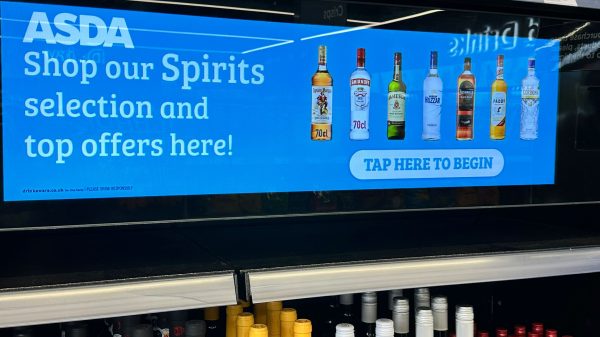
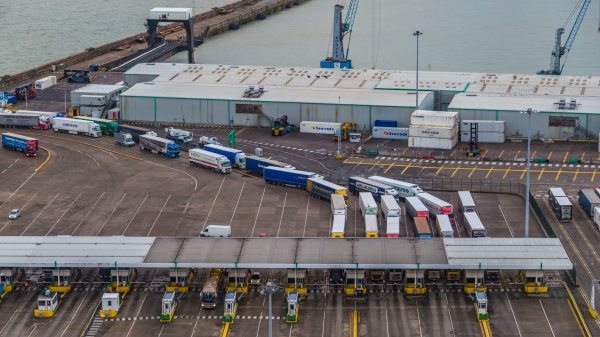
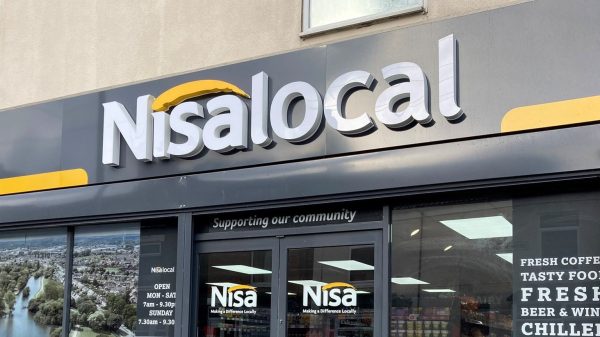

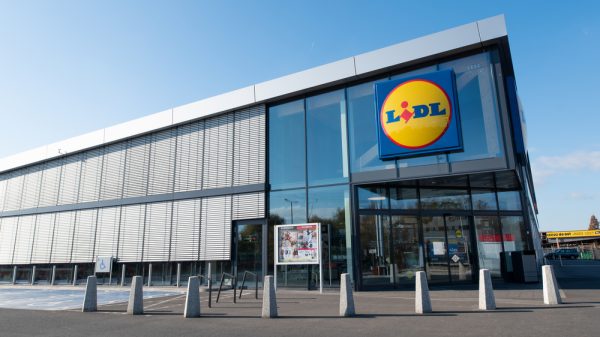
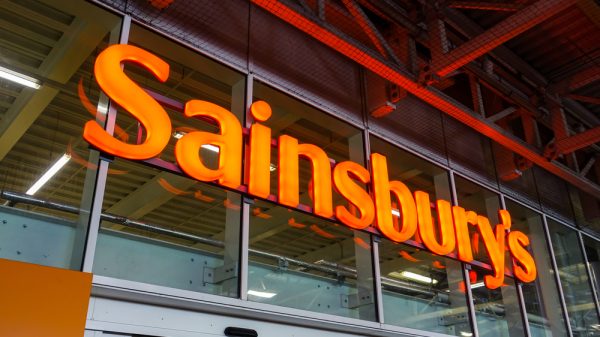
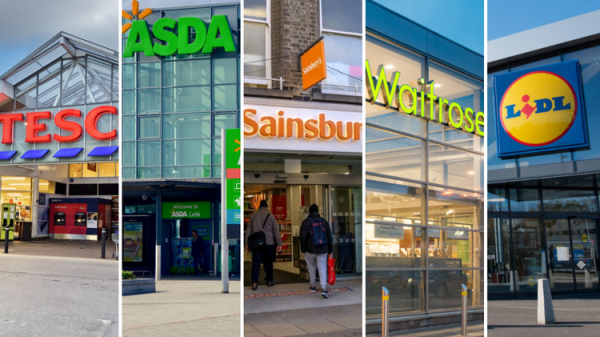

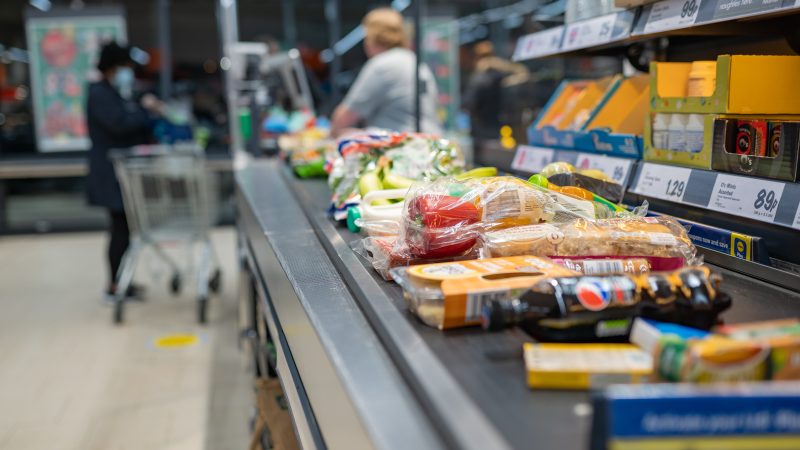
3 Comments. Leave new
Aside from the solutions described, supermarkets with a store network can also restrict home delivery to the level where as part of the overall mix it still leaves the business profit on target, and push for greater click and collect – which still holds great appeal for anyone keen to avoid the part of the shop where they get jostled by the masses for an hour in store.
The currant system of manually picking customer orders from the shop floor is costly, and ultimately uncompetitive in the modern era.
I find it unreasonable and wrong that in store buyers are have to subsidise lazy /to busy customers
Either make home delivery pay it’s costs entirely or stop supplying
Shopping is expensive enough and most of us make the effort and should not subsidise them